List of Authors
>>About this blog
Recent blog post
|
[Silver]
October 30, 2018 12:00
It's a weekday. We gathered in front of the Heidai Shoten in front of Nihonbashi Mitsukoshi, and six men and women were watching the old Nihonbashi picture scrolls.
Enter the money museum through the Mitsui Main Building and the Bank of Japan. At the Money Museum, I studied the history of money.
I visited Meibashi and Nihonbashi to learn about being the prime sign of Japanese roads, and learned about the history of the fish market in Nihonbashi at Otohime Square.
Entered "Honen Manpuku" in response to the needs of women's groups for a delicious and quiet lunch place. We had 6 seafood bowls, limited to 15 meals.
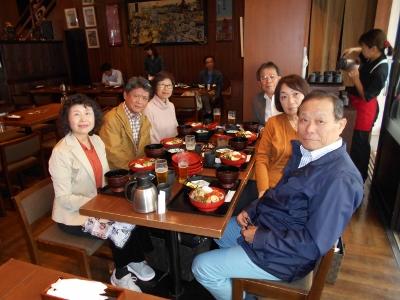
With a happy smile
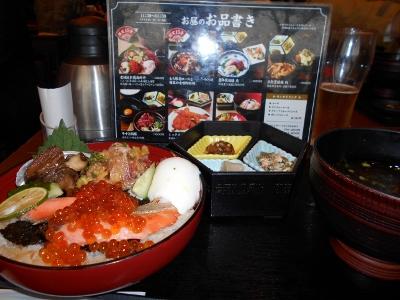
Please take a look at the beautiful seafood bowl.
After this, the party entered Cored Muromachi and worshiped Fukutoku Inari. I purchased a wonderful Japanese paper product from Ozu Washi and enjoyed a stroll from Kodemmacho to Ningyocho.
Everyone, please enjoy a walk on this course.
Click here for the website of Honen Manpuku. http://www.hounenmanpuku.jp/
[Dimini ☆ Cricket]
October 30, 2018 09:00
At the "Hospitality Fair Nihonbashi Kitazume 2018" hosted by the Nihonbashi Kitazume Store Association, a talk show on soba was held on Sunday, October 28 and heard.
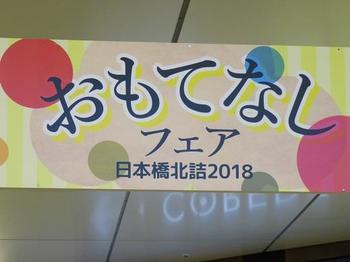
The time was about an hour from 12:30 to 13:30.
The theme of this year's second "Nihonbashi Long-established husband talk show" is "Soba".
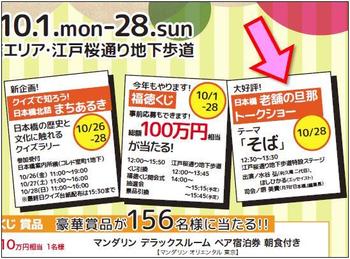
Following last year, the talk was hosted by Miki Sakai, editor-in-chief of the monthly “Nihonbashi”, followed by Hiroshi Mizutani, the third generation owner of the long-established “Toshihisa-an” in Nihonbashi, and Hikaru Hoshi, President of the Edo Soba Rie Association. It was done.
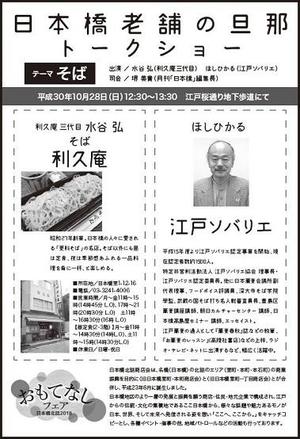
The talk venue was a special stage for the underground sidewalk of Edo Sakura-dori St. (Soon after leaving Mitsukoshimae Station, space between choledo Muromachi 1 and choledo Muromachi 3).
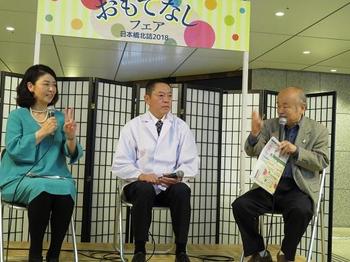
Beginning with Hoshi's remark that "the origin of soba is Nihonbashi", it is full of things I didn't know, the history of soba, the deep relationship between "tsuyu", "dashi", and "tare", the relationship between Japanese cuisine and "mirin" and "sugar", followed by a talk about uroko from Hoshi's eyes, the third generation owner of "Toshihisa Iso-an", "Iso-an".
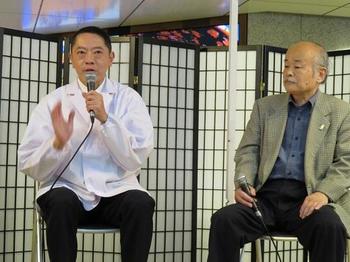
No, "Soba" is deep
For me, the series of "Hey ~" was a very helpful talk show.
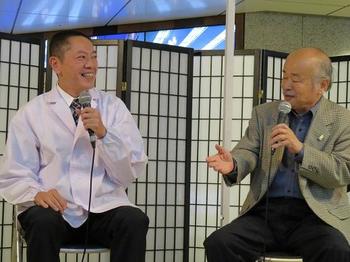
Click here for the website of Toshihisa-an, a long-established soba restaurant in Nihonbashi. ⇒
http://www.rikyu-an.com/
Click here for a blog post that introduced this talk event on October 26. ⇒
/archive/2018/10/post-5703.html
     
[Dimini ☆ Cricket]
October 29, 2018 14:00
On October 27 (Saturday), we participated in a new project and quiz rally for the “Hospitality Fair Nihonbashi Kitazume 2018” hosted by the Nihonbashi Kitazume Store Association (“Fukutoku Festival” until last year).
This is "Let's Know with Quiz  Nihonbashi Kitazume Town Walk" Nihonbashi Kitazume Town Walk"
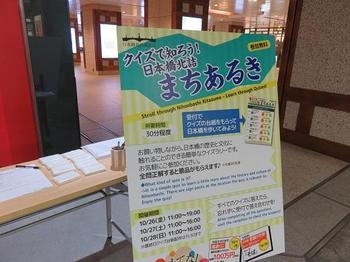
First of all, we accepted participation next to Nihonbashi Information Center in Coredo Muromachi 1 basement (I got a quiz mount), and went around five designated stores.
 If you answer all the questions correctly by answering the quiz on the sign installed in front of each store, you will get a wonderful prize If you answer all the questions correctly by answering the quiz on the sign installed in front of each store, you will get a wonderful prize . .
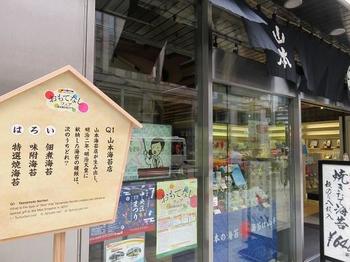
The first store is Yamamoto-noriten (1-6-3 Nihonbashi Muromachi).
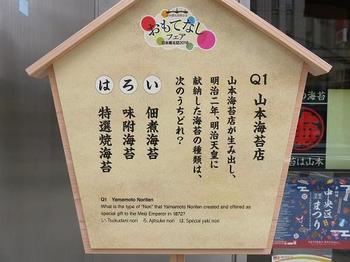
The correct answer is "ro." It's a seasoned laver.
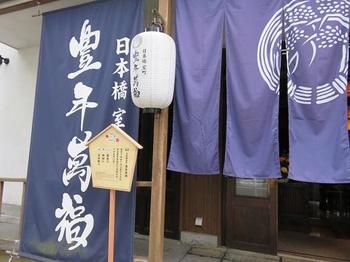
The second store, "Nihonbashimurocho Toyonen Manpuku" (1-8-6 Nihonbashi Muromachi).
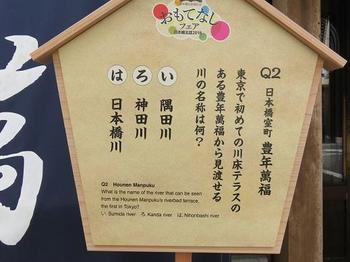
The correct answer is yes. This is, of course, the Nihonbashi River
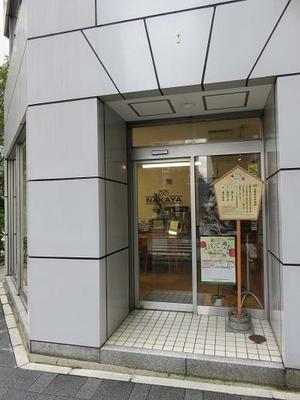
The third store, "Nakaya of Glasses" (1-13-8 Nihonbashi Muromachi)
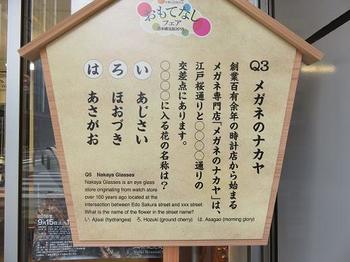
The correct answer is yes. It is the intersection of Edo Sakura-dori St.  and Ajisai-dori St. and Ajisai-dori St.
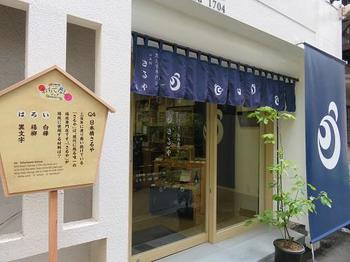
This is the fourth store, "Nihonbashi Saruya" (1-12-5 Nihonbashi Muromachi).
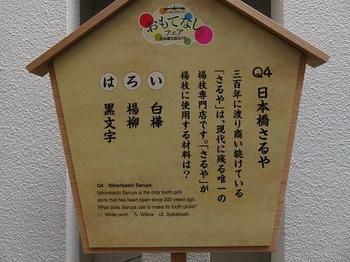
The correct answer is yes. It is a specialty store of black toothpicks.
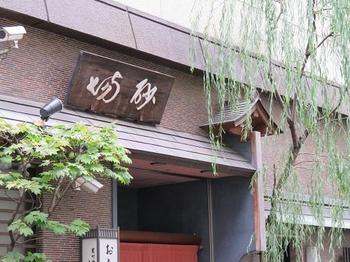
This is the fifth store, "Muromachi Sandbox" (4-1-13 Nihonbashi Muromachi).
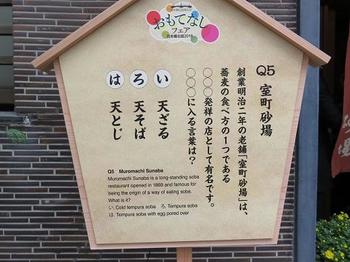
The correct answer is yes. It's the birthplace of Tenzaru.
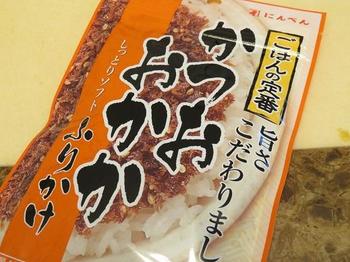
I was able to answer all the questions correctly , and from the prizes of "Yamamoto-noriten", "Ninben", and "Civilizationdo", I , and from the prizes of "Yamamoto-noriten", "Ninben", and "Civilizationdo", I  received "Ninben"'s "Katsuokaka" sprinkle. received "Ninben"'s "Katsuokaka" sprinkle.
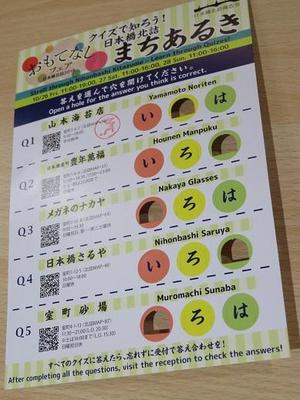
 Under the refreshing autumn sky, we could go around shops with a history, shop along the way, and it was a very fun quiz rally. Under the refreshing autumn sky, we could go around shops with a history, shop along the way, and it was a very fun quiz rally.
I hope you will continue next year.
Click here for a blog post that introduced the quiz rally of this new project on October 26. ⇒
/archive/2018/10/post-5705.html
     
[Satoken]
October 29, 2018 12:00
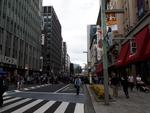 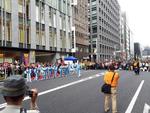 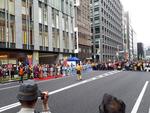 The morning and evening were completely cool, but during the day, there were times when I could sweat during the day, there were various traffic cities. There were a large number of visitors in the heavens. Takashimaya is also renewed, and it seems that traffic is increasing more and more. Nihonbashi Mitsukoshi has also been renovated, or from Nihonbashi Muromachi to Kyobashi and Yaesu, redevelopment has progressed, and the changes in the city are interesting. Occasionally, I think it's okay to make it a hokoten from Nihonbashi to Ginza. In November, the atmosphere will accelerate at the end of the year at a stretch, rooster markets will be held, and the end of the Heisei era will be excited. The morning and evening were completely cool, but during the day, there were times when I could sweat during the day, there were various traffic cities. There were a large number of visitors in the heavens. Takashimaya is also renewed, and it seems that traffic is increasing more and more. Nihonbashi Mitsukoshi has also been renovated, or from Nihonbashi Muromachi to Kyobashi and Yaesu, redevelopment has progressed, and the changes in the city are interesting. Occasionally, I think it's okay to make it a hokoten from Nihonbashi to Ginza. In November, the atmosphere will accelerate at the end of the year at a stretch, rooster markets will be held, and the end of the Heisei era will be excited.
[Sam]
October 29, 2018 12:00
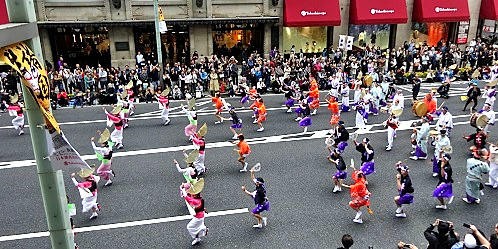 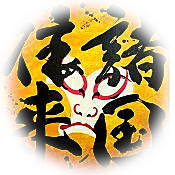 On October 28, the Nihonbashi-Kyobashi Festival, a gathering of culture and food from all over the country, was held around Chuo-dori from Kyobashi to Nihonbashi. On October 28, the Nihonbashi-Kyobashi Festival, a gathering of culture and food from all over the country, was held around Chuo-dori from Kyobashi to Nihonbashi.
This festival is celebrating its 46th anniversary this year.
The annual "Oedo Kashiki Parade", which is attended by a total of about 2,000 people, brings together festivals and dances from various places with the aim of becoming the starting point of the five highways connected to the whole country, Nihonbashi.
Following the “Opening Parade”, 14 groups of Awa Odori and other festivals and dance groups from all over the country participated, led by the “Edo Fire Memorial Party” “Kimidori, Maburi” of the “Edo Fire Memorial Party”. We parade along Chuo-dori from 2-chome to Muromachi 2-chome.
Even after the parade passed, this time, "Dare Demo BON Dancers" led by SAM of TRF will be added, and you can enjoy unique performances from various places at five locations.
On Nishikawashi guardian of children and travelers Street, there is a "country traffic market" that reproduces the bustle of Edo and sells specialty products nationwide.
[Hanes]
October 28, 2018 18:00
Hello. This is a new correspondent, Hanes. 
On 20th of this month, I went to "Nihonbashi Ebisu Lecture Bettara City", which was introduced by senior correspondent Shiba Inu.
I was learning about Betara City in the official text of the Chuo-ku Tourism Certification, but
This is the first time I actually went to see it!
I read the news that a very large number of people were expected and went to the site a little earlier, and it was already crowded with many people because it was the second day of the event.
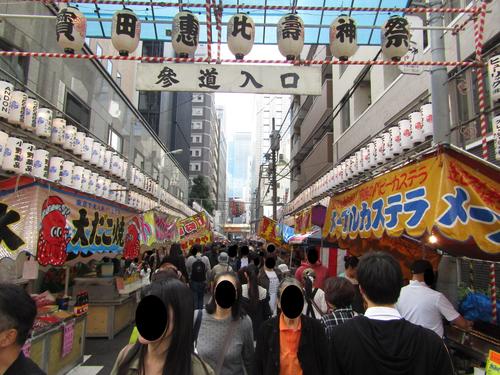
There are many stalls that are often seen at festivals.
The most crowded place was the stalls pickled in Betara.
In the first place, Betazuke is a shallow salted radish pickled on a rice koji floor.
It is a traditional food that has been eaten since the Edo period.
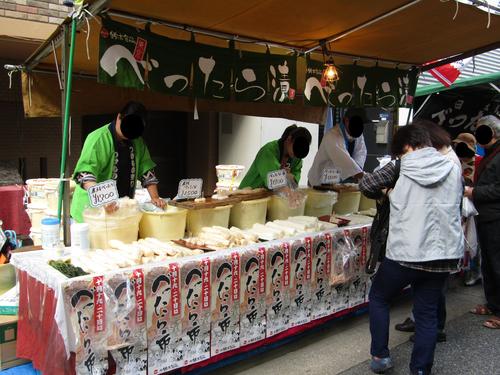
It seems that the fifteenth general Yoshinobu Tokugawa also liked to eat it.
When we think that we are talking about the same thing in modern times, it feels strange.
At the store, you can sample pickled vegetables, etc.
It's fun to go around multiple stores to find your favorite pickles.
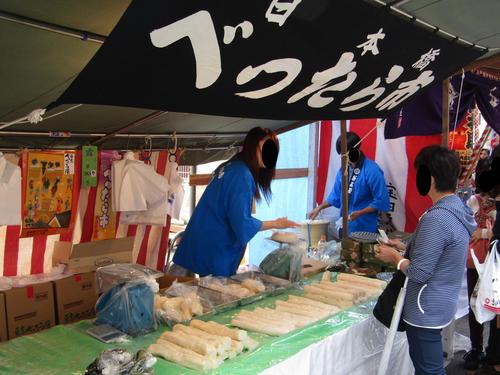
When I went around the shop while actually tasting, I was worried about two things.
The first is that no shop should cut the pickles and bag them.
Even though it is soft, it is difficult to bring one radish back as it is.
I was thinking, "I'm somewhat unfriendly ." ."
Actually, there was a great reason to give it without cutting it.
The reason for this is that "betara pickles are lucky items, so I don't cut them."
If you say that, it's a bit hard to bring it home, but I want you not to cut it!
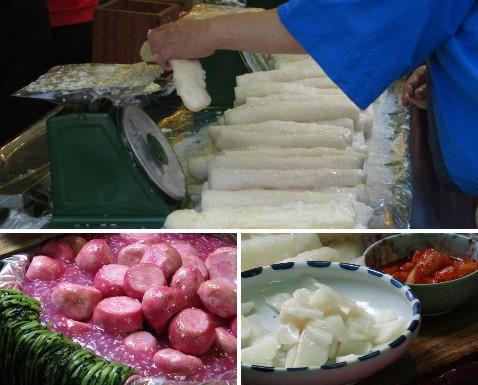
The second is that there are "skin" and "no skin" in Betta pickles.
It's literally the difference between whether the skin is attached or not.
The one with the skin is chewy and has a texture close to Sawaan.
According to the shop, it seems that people without skin have been around since the Edo period.
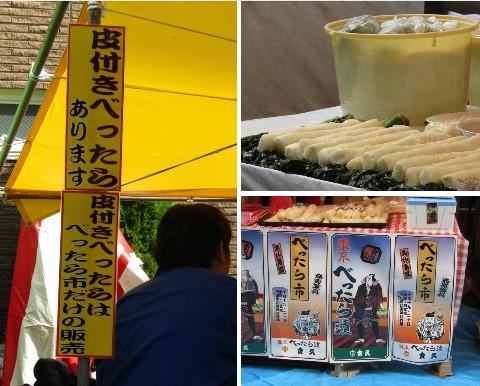
And there is also a Yu-Pack service that is good for those who buy Betara pickles for adults and those who come from a distance by train!
Why don't you use it when purchasing a lot?
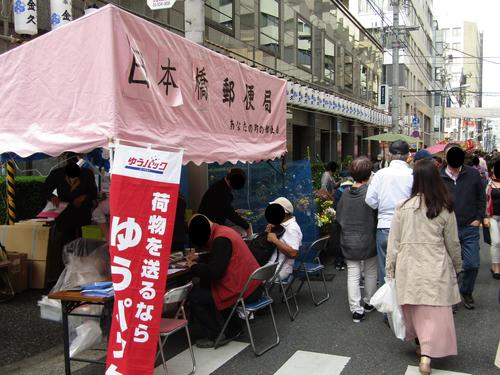
In the Edo period, there was a custom in which Ebisu-ko was held in front of Takarada Ebisu Shrine Gate on October 20. At an event dedicated to Ebisu, the god of commerce and agriculture, he offered lucky items to pray for thriving business.
Today, vermilion seal stamp can be held only during the New Year's Day and Betara City, so many people gather at the shrine and enjoy the atmosphere of the place while thinking, "Is it so crowded at that time?"
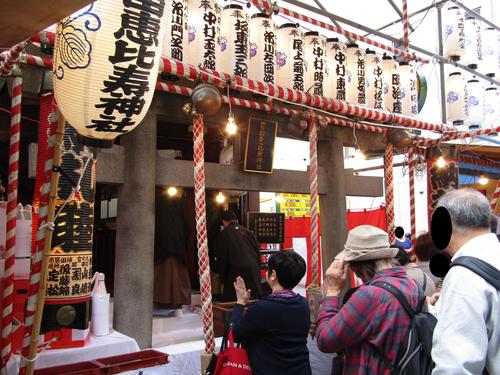
Also, if you jump out of the venue of Bettara City and walk around the town of Nihonbashi, you will find it.
The "He" of "Nippon Nihonbashi Karuta" depicted in the enclosure of the construction being carried out at the site of the Nittetsu Nihonbashi Building.
I realized that it was about Betara City!
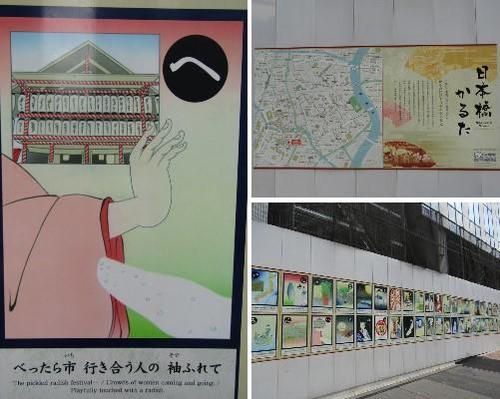
Let's touch the sleeves of people who go to the city.
Because I carried it with just tying the radish with a rope, I carried it around.
It is a content that reminds me of the origin of Betazuke, which has come to be called "Betazuke" because it inadvertently scratched the clothes of other people.
For women who pass through pickle so that they don't want to keep their kimono dirty.
During the Edo period, when there was a man who was interesting and tried to put on the ground on purpose....
In today's Betara city (unfortunately?) There is no such man, but
If you missed your chance this year, why not come and play next year?
|
Links
|

























 On October 28, the Nihonbashi-Kyobashi Festival, a gathering of culture and food from all over the country, was held around Chuo-dori from Kyobashi to Nihonbashi.
On October 28, the Nihonbashi-Kyobashi Festival, a gathering of culture and food from all over the country, was held around Chuo-dori from Kyobashi to Nihonbashi.








